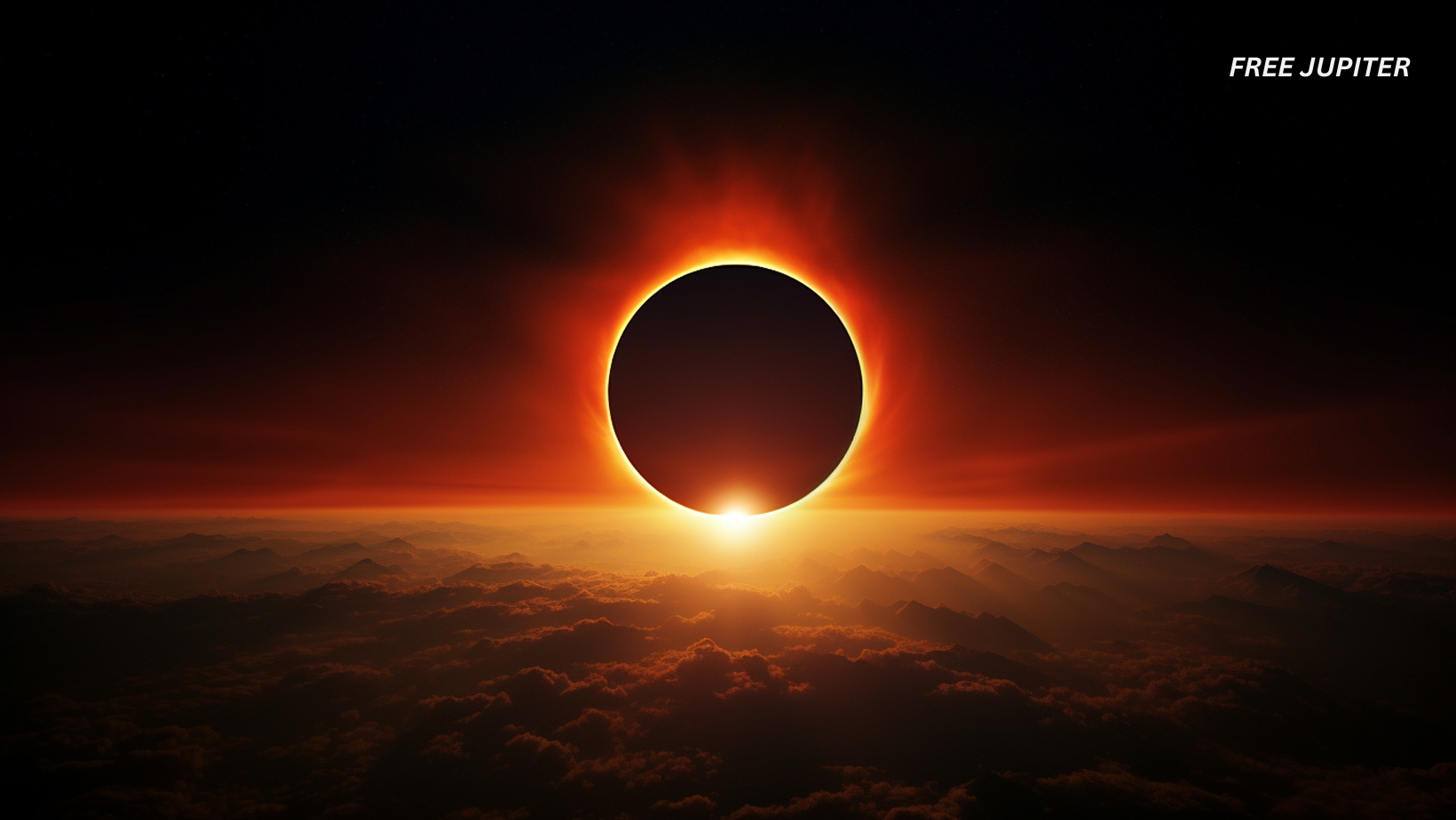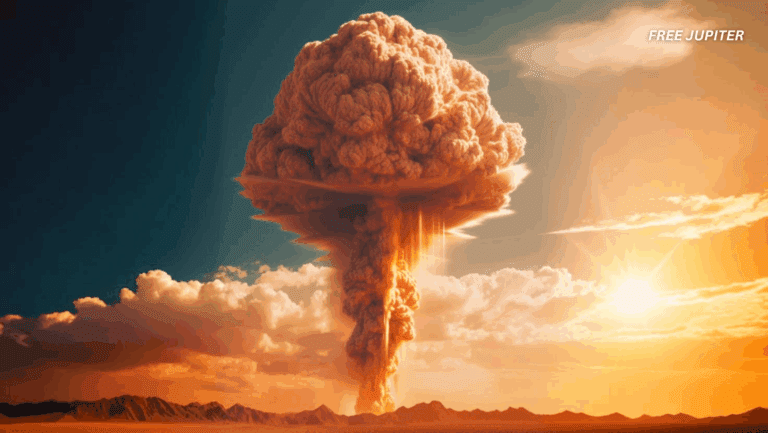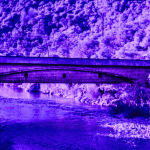In the aftermath of a mesmerizing total lunar eclipse that recently painted the night sky in shades of deep red, another remarkable celestial event is already on the horizon. This weekend, the universe has planned a spectacle that will captivate early risers—a partial solar eclipse that promises to deliver a visually enchanting and memorable sunrise.
On the morning of March 29, an extraordinary phenomenon often referred to as a “double sunrise” by outlets like Live Science and Forbes will unfold. As the sun begins its ascent, the moon will partially obscure it, causing the sun to resemble a glowing crescent. This crescent-shaped sun will create the illusion of two radiant horns emerging from the horizon, offering a fleeting yet unforgettable moment in the sky.
Weather permitting, this cosmic display will be visible across a broad region. Those living in Washington D.C. and several northeastern states, including Virginia, West Virginia, Pennsylvania, New York, New Jersey, Rhode Island, Delaware, Connecticut, Massachusetts, Vermont, New Hampshire, and Maine, will have the privilege of witnessing this phenomenon firsthand.
For those wondering where else this partial solar eclipse can be observed, the list extends beyond the United States. Sky watchers in northeastern parts of the country will share this sight with observers in eastern Canada, various parts of western Africa, and regions throughout Europe. However, unlike the dramatic total solar eclipse that captivated audiences last year, this event will have a more limited geographical reach, focusing primarily on these select areas.
NASA provided the following times and visibility percentages for several major cities:
| City | Partial Begins | Maximum | Coverage | Partial Ends |
|---|---|---|---|---|
| Baltimore, Maryland (USA) | 6:55 a.m. * | 6:57 a.m. | 3% | 7:02 a.m. |
| Boston, Mass. (USA) | 6:31 a.m. * | 6:38 a.m. | 43% | 7:07 a.m. |
| Buffalo, New York (USA) | 7:02 a.m. * | 7:05 a.m. | 2% | 7:09 a.m. |
| New York, New York (USA) | 6:44 a.m. * | 6:46 a.m. | 22% | 7:04 a.m. |
| Philadelphia, Penn. (USA) | 6:49 a.m. * | 6:51 a.m. | 12% | 7:03 a.m. |
| Portland, Maine (USA) | 6:27 a.m. * | 6:30 a.m. | 64% | 7:10 a.m. |
| Washington, D.C. (USA) | 6:56 a.m. * | 6:59 a.m. | 1% | 7:01 a.m. |
Read more: How to See the Total Lunar Eclipse and Blood Moon This Month
Watching the Eclipse Safely
Watching a solar eclipse is an experience that leaves lasting memories, but safety must always be the priority. Unlike a total eclipse, during which the sun is completely obscured and safe viewing becomes momentarily possible without protection, a partial eclipse never fully covers the sun’s brightness. This means that direct observation, even for a short moment, can lead to serious eye damage.
For those planning to step outside in the early hours of Saturday, a few key precautions must be observed. Most importantly, specialized eclipse glasses or a safe solar viewer should be used to protect the eyes. Ordinary sunglasses, no matter how dark, are not adequate substitutes. NASA emphasizes that these protective glasses must meet the ISO 12312-2 international safety standard, which ensures they are thousands of times darker than standard sunglasses.
If such glasses are not available, creative solutions exist. One of the simplest methods involves creating a pinhole projector. This can be done using an index card or a piece of stiff paper with a small hole punched through it. By standing with your back to the sun and allowing the sunlight to pass through the hole, the image of the eclipse can be projected onto a nearby flat surface, allowing you to witness the event indirectly and safely.
Another important safety measure to remember is to avoid looking at the sun through any optical devices like telescopes, binoculars, or camera lenses without a certified solar filter attached. Even if eclipse glasses are worn, peering through these devices can magnify the sun’s rays to dangerous levels, risking severe and permanent eye injury.
A Moment to Connect with the Cosmos
This weekend’s celestial show isn’t just about the beauty and wonder of nature; it also offers an excellent opportunity to connect with science and the cosmos. Astronomers and educators often use these moments to spark curiosity and fascination among students and enthusiasts. Understanding why eclipses occur, how they have been interpreted throughout history, and the precise mathematics involved in predicting them enriches the experience even further.
The partial eclipse on March 29 is a reminder of our planet’s intricate dance with the sun and the moon. The alignment necessary for such events occurs with remarkable precision, resulting in moments that both humble and inspire. People have marveled at eclipses for millennia, with ancient cultures often attributing them to divine forces or cosmic battles. Today, while science provides clear explanations, the magic of witnessing such an event remains undiminished.
Read more: Several Planets Were Just Found Orbiting Star Less Than 6 Light-Years Away From Us
Capturing the Moment
For those hoping to capture the moment with photographs or video, preparation is key. Using specialized solar filters on cameras is essential to protect both the equipment and the user’s eyes. Photographers are advised to plan ahead, scouting locations with unobstructed views of the eastern horizon and monitoring weather forecasts to maximize their chances of a clear view.
Timing also plays a crucial role. The eclipse will coincide with sunrise, making precise planning essential. Checking local times for sunrise and eclipse progression can help ensure you don’t miss the brief period when the double sunrise effect is visible. Mobile apps and online tools dedicated to celestial events can provide countdowns and location-specific information to assist with planning.
Community gatherings are another way to enjoy this astronomical event. Local observatories, planetariums, and astronomy clubs often host viewing events, offering both safe equipment and expert insights. These gatherings transform a solitary experience into a shared celebration of the wonders above.
While the partial eclipse may last only a short while, its memory can linger for years. The excitement of anticipating the event, the quiet awe of watching the sun’s rays transform, and the knowledge gained by understanding the science behind it all make for a fulfilling and enriching experience.
A Reminder to Look Up
As dawn approaches on March 29, nature’s stage will be set for a performance only the universe can choreograph. Early risers willing to brave the chill of a spring morning will be rewarded with a spectacle that few get to witness—a moment where day and night, light and shadow, meet in perfect harmony. Whether you watch alone in quiet reflection or join others in collective wonder, the partial solar eclipse promises a memory that will endure.
Looking beyond this weekend, celestial events like this eclipse serve as reminders to stay curious and keep looking upward. The cosmos is full of surprises, each more fascinating than the last. From meteor showers and planetary alignments to future eclipses, there is always another wonder waiting just over the horizon.
In the end, the partial solar eclipse is more than just an astronomical event. It’s an invitation to pause, to look up, and to remember that we are all part of something much greater. With the right preparation and a sense of wonder, this Saturday’s sunrise will be more than just another dawn—it will be a chance to witness the extraordinary, to be part of a story written in the stars, and to carry that memory forward as a reminder of the beauty that surrounds us.










